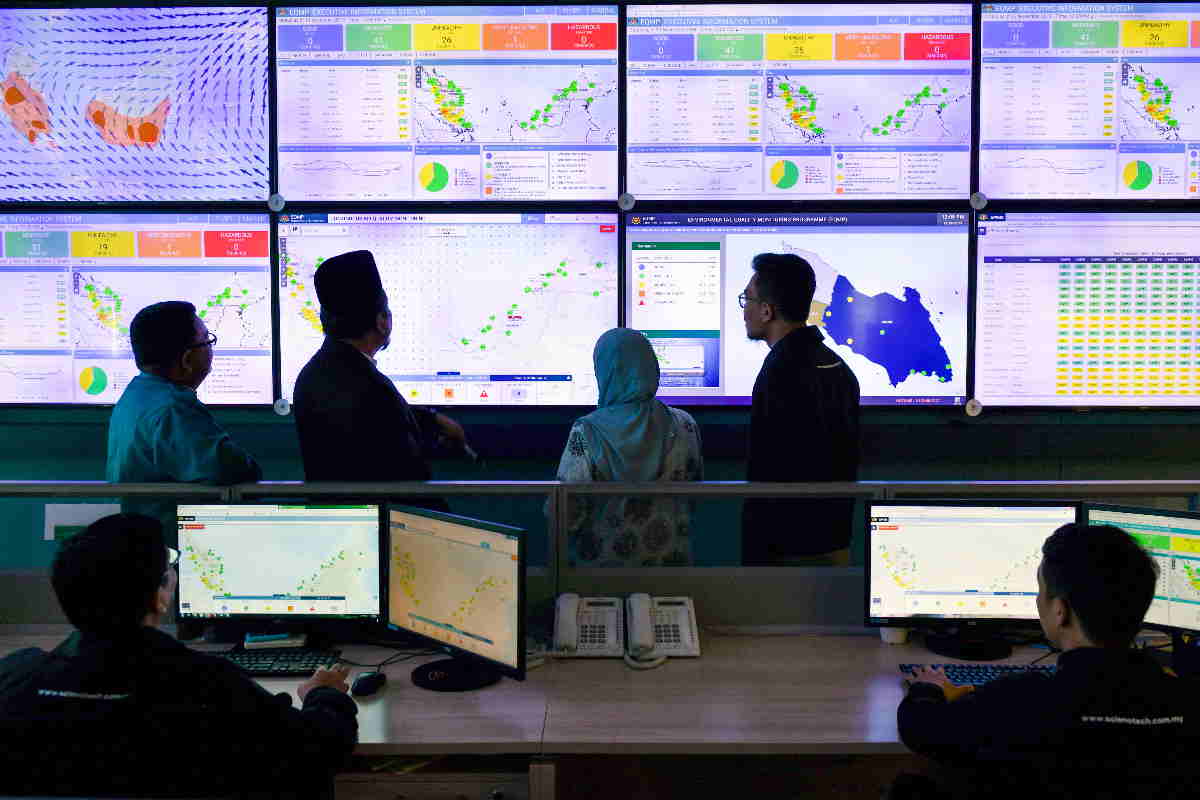As we peer through the haze to find anyone other than ourselves to blame, spare a thought for the victims of the forest fires that are raging across the region. These include the natural vegetation and its inhabitants who are being burned and the human beings who are being choked - up to 36,000 premature deaths caused by atmospheric pollution are predicted over the next decades in Indonesia, Singapore and Malaysia alone. Locating the source of the fires will not stop them from being started. Thoughts and prayers and finger-pointing will not deter those responsible from lighting them. We need practical solutions that address the cause of the fires and look beyond deforestation for agricultural livelihoods and commercial profits.
Poor land use is at the heart of the climate crisis. If we are to stop burning forests to grow crops we need to use existing land more wisely. Here are some ideas on how better land use can reduce the causes of transboundary haze.
First, the combined area under oil palm plantations in Malaysia and Indonesia, is approximately 19.8 million hectares (ha). We estimate that of this around 25 percent is space, either under or in new plantations or in the electricity pylon corridors that cut through them. This space amounts to about 4.95 million ha. Until now, plantation companies are disinclined to use this space for other crops or enterprises. They argue that the inconvenience of diversification provides little economic incentive to use this space productively – in other words they see little commercial benefit from innovation. In contrast, the agricultural area of the Netherlands is around 1.8 million ha. Through innovation, links between researchers and industry and political leadership, the Netherlands is now the second largest agricultural exporter by value on the planet. That a country barely above sea level in cool, grey Northern Europe can be a global agricultural powerhouse should impress us. That it can achieve this on 30 percent of the space available in Malaysian and Indonesian plantations should embarrass us.
To her enormous credit, Teresa Kok, Minister of Primary Industries of Malaysia, has recently proposed greater intercropping within oil palm plantations. However, without incentives and, where necessary, legislation and investor pressure, it is unlikely that plantations will transition from traditional `oil palm companies’ based on a single commodity to modern `ingredient companies’ producing many commodities. Such innovation provides huge opportunities to generate incomes from new crops, reduce risks beyond monocropping, improve soil quality, protect biodiversity, supply nutrients beyond vegetable fats and reduce carbon-heavy supply chains. Halting deforestation and diversifying plantations provide tangible and complementary responses to the concerns of anti-palm oil markets. Better business-as-usual will not.
Second, we need to utilise so-called `idle lands’ whose soils or climates are unsustainable for major crops. Idle lands are considered as those above 0.4 ha that have not been productive for at least three years. Whilst they may not all be useful, much of their area can support climate-resilient crops to generate livelihoods for those who are now tempted to clear forests. In some cases, we can use crops to provide `environmental services’ such as carbon capture, soil remediation or greater biodiversity – for example on the 78,000 ha of ex mining land in Malaysia. Both in plantations and on idle lands we must think beyond familiar crops for food to those currently underutilised crops that can be used for renewable energy, discovery chemicals or novel materials, for example to replace the plastics that are now choking our oceans. Again, we need to reimagine agriculture beyond major commodity crops grown as monocultures in high inputs systems.
Third, agriculture does not only have to be in fields far from its consumers. Urban agriculture, vertical farming, hydroponics and aquaponics all offer opportunities to produce nutritious and high value crops for the 55 percent of the world that now inhabits cities. Again, we need fresh thinking, not just for technical solutions, but for a new generation of young, entrepreneurial farmers who can harness technologies and deliver innovative start-ups to markets.
By using space in our existing plantations, seeking new crops for idle lands and encouraging urban agriculture we can reduce the incentives to clear our forests of our natural inheritance and, instead, provide incentives to clear our lungs and those of the planet. We can also encourage a new skills-based workforce with expertise beyond a single crop, promote small scale industries and use by-products to support a `biocircular’ economy.
ASEAN has declared `transboundary haze free ASEAN by 2020’. The challenge is how on earth (literally) are we going to achieve this by next year! To meet this existential challenge for all humanity, we need collaboration between national agencies, partnerships between member countries, links with international agencies and a common vision; our citizens and our children demand nothing less. Business-as-usual will not be enough.
Sayed Azam-Ali is the first Chief Executive Officer of the Crops for the Future Research Centre (CFFRC) in Malaysia. He also holds the Chair in Global Food Security at the University of Nottingham.
